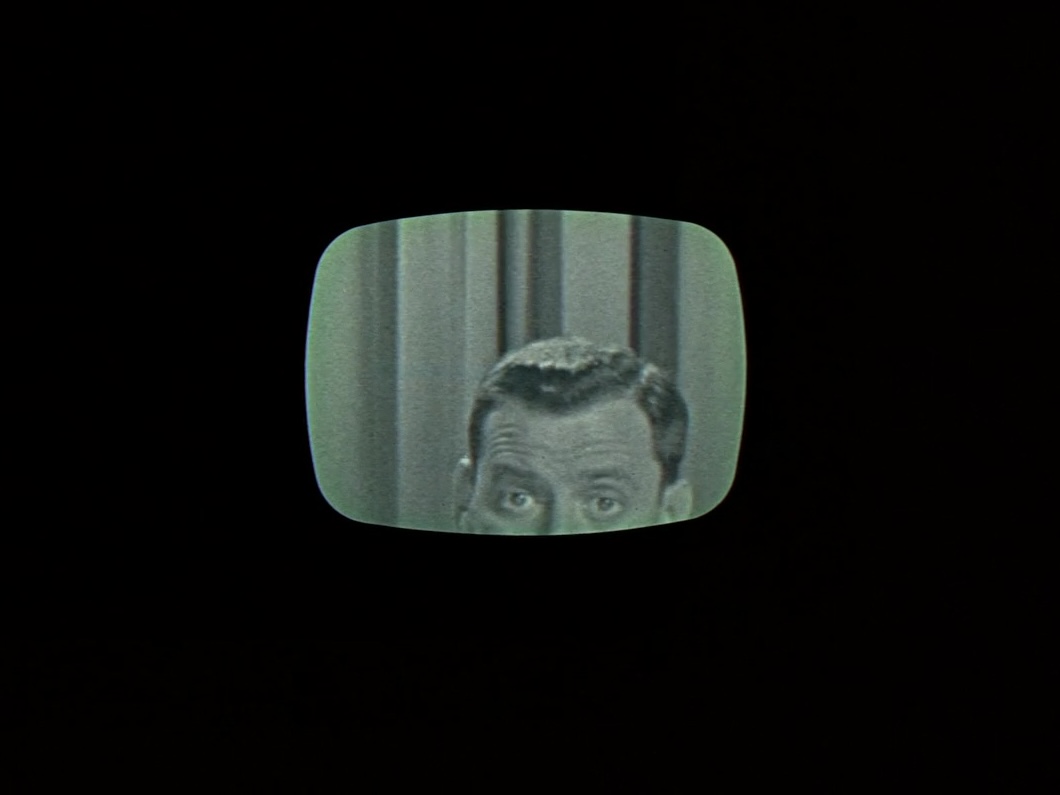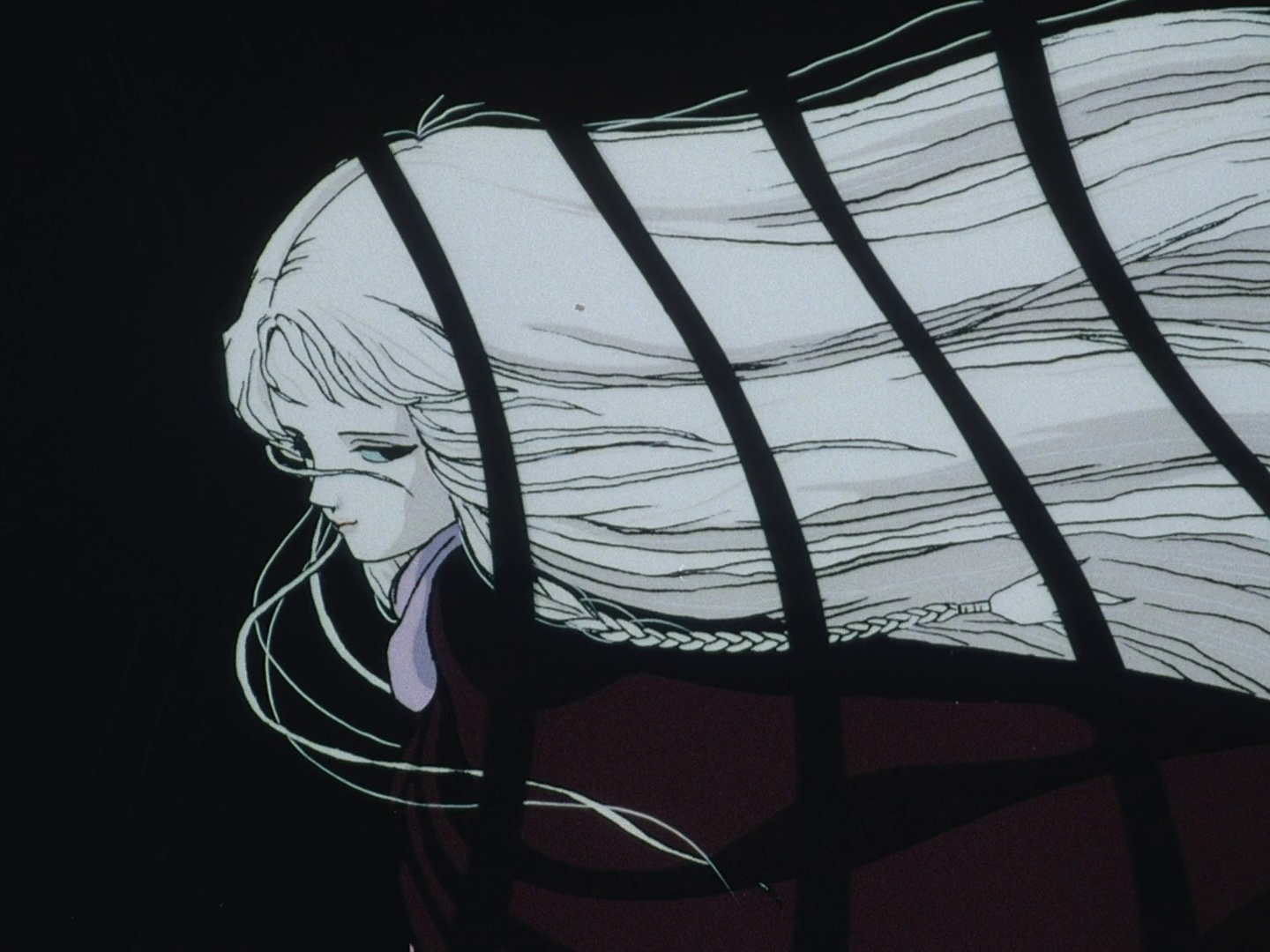Sabzian is a free online magazine that relies on the work of a group of dedicated volunteers. We could use your support. Please consider a donation! Sabzian est un magazine en ligne gratuit qui dépend du travail d’un groupe de bénévoles dévoués. Votre soutien nous aide beaucoup. Pensez à faire un don ! Sabzian is een gratis online magazine dat afhankelijk is van het werk van een groep toegewijde vrijwilligers. We kunnen uw steun goed gebruiken. Overweeg een donatie!
Related
Selection
This Week’s Agenda
At CINEMATEK, the Fritz Lang retrospective continues with M – Eine Stadt sucht einen Mörder (1931). The film was Lang’s first sound production and among his final works made in Germany before his exile to the U.S. In M, a child’s ball rolling into view, a balloon released into the sky, and a recurring whistled tune stand in for what cannot be shown, deliberately relying on implication and giving the audience room to imagine what remains unseen. Siegfried Kracauer wrote: “Lang’s imaginative use of sound to intensify dread and terror is unparalleled in the history of the talkies.”
At KASKcinema, Howard Hawks’s Red River (1948) shifts attention from the city to the open landscape. As James Agee wrote, “Hawks obviously likes and understands men, grand enterprise, hardship, courage and magnificent landscape […] the constancy with which all outdoors, and all human endurance of it and effort to conquer it, keeps bulging the screen full of honest and beautiful vitality.” The cattle drive is not simply a narrative in the background but the organising force of the film, shaping relationships, conflicts, and rhythms of work. “The attempt is really the story, and the ‘background’ is really the hero of the piece, and its villain.”
From the plains of Red River, the week moves into the valley of John Ford’s How Green Was My Valley (1941), a film structured as an act of remembrance. “For there is no fence nor hedge round time that is gone,” reflects Huw in the film’s narration. Seen through the memory of a child, hardship and loss are filtered into a vision of time passing – one in which what disappears is held, briefly, in cinematic form.
Belgian Premieres and Festivals
Each month, Sabzian lists upcoming Belgian premieres, releases and festivals.

























